We’re excited to introduce you to the always interesting and insightful Zack Larez. We hope you’ll enjoy our conversation with Zack below.
Alright, Zack thanks for taking the time to share your stories and insights with us today. Has your work ever been misunderstood or mischaracterized?
Instead of a story about how I feel I was misunderstood, how about a story in which I’m the perpetrator and what I learned from it?
As a professional artist, I pride myself on my ability to create images from nothing. I put years and years of effort into developing my drawing skills and my aesthetic tastes. I can draw whatever I think up or what somebody describes to me. So, for most of my adult life, I looked down on photographers. Resented them even. Of course a large part of it was jealousy. They’re always adjacent to important people and beautiful women and most of them seem to have at least two silver dollars to rub together. On a movie set, the prima donnas on the crew side (opposed to the actor-side) can almost certainly be found in the camera department. Afterall, no camera, no movie. Anyway, still photographers in particular seemed to bother me more and more. They seemed so proud of themselves for “pushing a button”. Viewers would compliment them on their “amazing” images- the colors and compositions and all- but in my artist mind, I’m thinking, “All of that stuff existed in front of them and they pushed a button to instantly capture it in an image. ME, an ARTIST, I have to understand how people and things and light WORKS because I have to CREATE it all. MAKE IT on my piece of paper or my drawing screen.” Of course I was an ass for ever thinking that, which if you do any type of photography or videography, you’d know. I think most of you know, regardless. But let me tell this story anyway:
I was in Las Vegas with another artist on a campaign to get more people registered to vote in a swing district. We would draw caricatures of people at a festival and at highschool football games in exchange for their promise to register to vote. We were being housed at a retired artist’s house. She and her husband were very good-natured and selfless, looking to give back to a world that had apparently been good to them (if only eventually), judging by their digs. There was a large painting-in progress in the large living-room-turned-studio and many pieces of art and photography on the walls, including stunning photos of war and peacetime. Well, on the last day of the stay, after me and my friend drew the couple in thanks, the subject of photography came up and I remarked with something like, “It’s secondary to art, it’s pressing a button whereas an artist has to make it all himself.” Well, it wasn’t until later that I realized what is probably obvious to you, Reader. The husband was a celebrated and accomplished photographer and all of those beautiful photos adorning the walls were his. I insulted the man to his face after he and his wife had been so kind to us and he was even perfectly kind as we left, seemingly unphased.
Well, I’m a photographer now. It was that gracious photographer that I thought of when I bought my current camera. I reasoned that photography, like many things in life, had lessons to teach and mysteries to unravel. In the very least, it would help me understand more about camera in regards to filmmaking on my road to directing. It has taught me a lot, including how arrogant I was. First of all, most of the things I learned as an artist about color, light, composition, etc.- most of it transferred over so the two immediately began complimenting each other. Importantly, I could see how the work of photography was in the preparation for the photo, acquiring and bringing together the materials, people and conditions and arranging them just right, under the right calibrations, to then press the button and obtain the fruits of the effort. I could more clearly see the difference between inspired photography and common, low-effort or low-skill photos taken by people who didn’t quite “know what they were doing” or hadn’t put the effort into using their machines properly and capitalizing on its strengths while artistically finessing its weaknesses. Photography was working in reality, with real people and things in real places, everything obeying physics. It all relied on a machine as part of the process. The artist-photographer was in a creative relationship with their machine and their lighting equipment as well as with the world around them. I could see more clearly. Increased knowledge and experience meant that a photographer would previsualize and plan what result they wanted to obtain first and then go about making that vision a reality. Conversely, something like street photography is all about observing the world in which you’re in and appreciating the state of it without being arranged by you. People move through it and you learn to anticipate their movements and your sense of timing develops. The right photo at the right time in the right light with the right glance.
As an illustrator, I had total control and my only limits were my imagination and my art skills. As a photographer, I was reliant on the people and the reality around me and I was subject to others’ feelings and moods and liable to the unforeseen factors at work in life. I was a collaborator with other humans and with machines. I no longer judged or looked down upon photographers and sorely regretted ever doing so. I could better see the strengths of illustration and what it could uniquely offer and the same for photography.
Of course, deservedly, I receive a degree of the same criticism I once had for photographers, but it doesn’t affect me, because I’ve learned and my opinions changed. Nor do I judge the people who judge for they simply haven’t yet had the experiences I had or they might never have them. And even if they were artist-photographers like myself and held different opinions- who am I to tell them they’re wrong? At the same time, I surely don’t let other people insist their opinions override mine.
My intolerance has been replaced by an intolerance of the intolerant and my pride replaced by an imperviousness to others’ entitlement and arrogance.

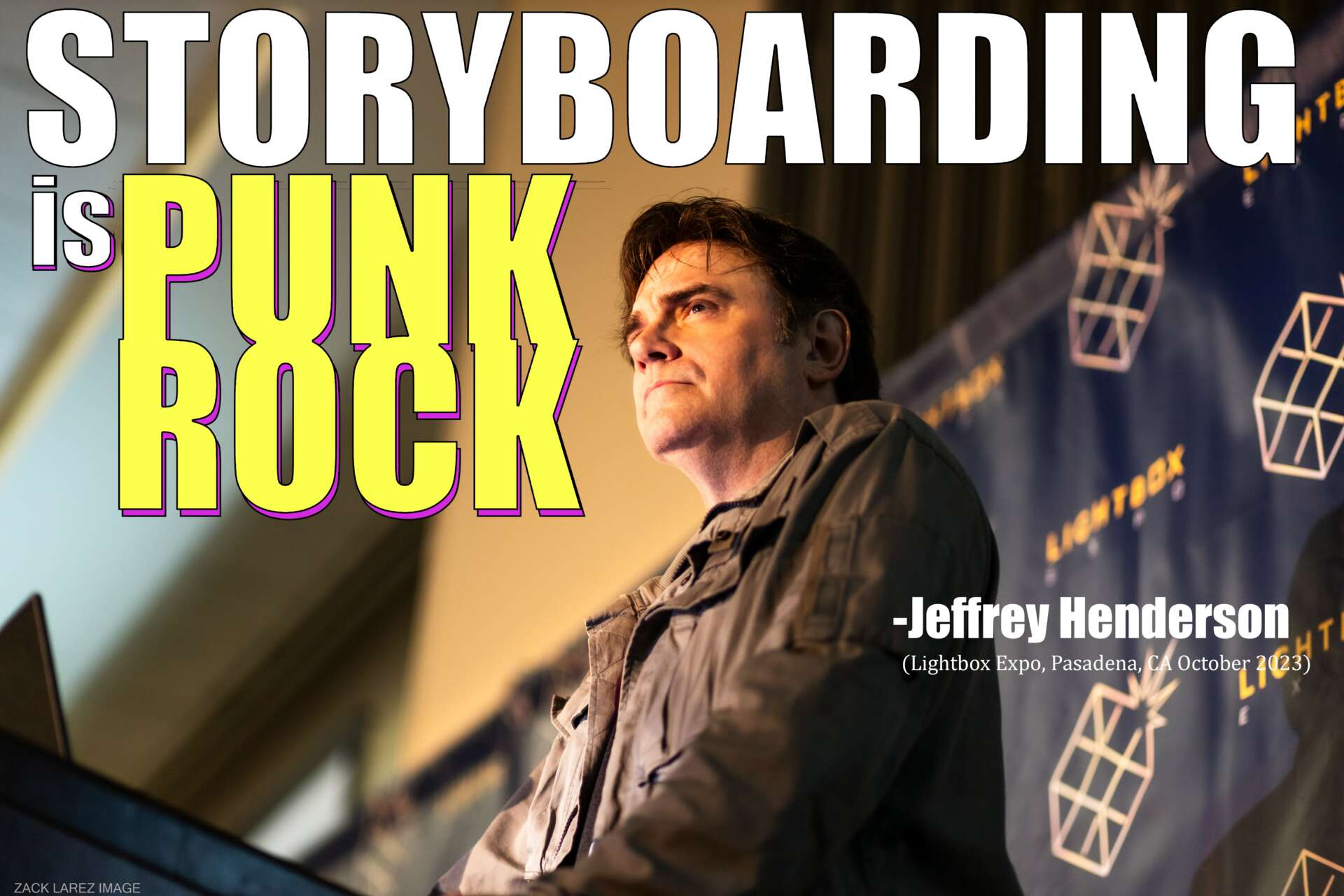
Zack , love having you share your insights with us. Before we ask you more questions, maybe you can take a moment to introduce yourself to our readers who might have missed our earlier conversations?
I’m a storyboard artist, photographer, actor and filmmaker. I’m not one of them, I’m all of them and each of those pursuits strengthens and informs the other. I used to also be a script supervisor, so I spent years on many film sets being a part of the filmmaking process, tracking progress, noticing problems and helping to solve problems. Now, I spend time putting together and photographing my own photoshoots, experimenting with light and learning equipment and techniques. I’m also a trained, Screen Actors Guild-eligible actor, so I’ve spent years doing scene studies, exploring characters and learning the craft, including public speaking and performing. Lastly, I’m a filmmaker, where I seek opportunities to apply all of this knowledge and experience.
What I offer to my clients is the sum total of my experience across all of those disciplines as well as my particular artistic taste, attitudes and philosophy. When I’m storyboarding with a director, the director is talking to somebody who understands them and the process. If they have a problem to figure out in storytelling, I can think of solutions to offer. Specifically, how to solve the problem in visual film language. There are other areas of art and illustration, but I specialize in live action filmmaking. I have good instincts and good taste. That’s not just my opinion, it’s simply been proven true over and over and I’ve learned to trust myself. I can help come up with ideas, get them depicted in a way that makes sense, and do it in a way that is clear to the very talented people who will come along afterwards to execute the design. If there’s some kind of lighting cue, I’ll hint at it or notate it. Costume? I’ll put a rough idea. Point is, I know how to provide enough of a framework while leaving the real filmmaking magic to the talented artists and craftspeople in all of the other departments. I got to know quite a lot of them during my time on movie sets and I know how to help them fly.
I’ve been invited to join the Art Directors Guild due to my work on some very large commercials, so I’ll be entering new realms. Previously, all of my work had been “non-union” as I simply wasn’t “allowed” to work on union shows. Pretty much all of the movies you see in movie theaters are union shows. But anything outside of that, they don’t get any bigger than what I’ve done:
In gaming, I work regularly for Riot Games esports on games like League of Legends and Valorant. I was the storyboard artist for the first season of Valorant esports and I’m very proud of that. I’ve also done work for Epic Games as well as a vast spread of other games and for many companies. I like to think I’m one of the latest wave of creatives to update the idea of gaming. Delusion of grandeur? Maybe, but I wouldn’t want anybody doing this sort of work who didn’t think what they were doing was important. It’s very important to me and I relish every opportunity to make cool sh*t cooler in a way that makes gamers’ brains tingle. High school gamer Zack would be very excited about what I do and I aim to keep exciting him.
In music videos, I did two videos for Lizzo: “About Damn Time” and “Special”, as well as Madison Beer “Good in Goodbye”, Eminem and Snoop Dogg “From the D to the LBC”, Tyga & Doja Cat “Freaky Deaky”, as well as for Illenium, John Legend, Fouzia, Lil Uzi Vert, the list goes on.
In movies, I’ve boarded a handful of special effect-heavy scenes for some indie horror films like THE BASEMENT (2018) on which I also script supervised. I boarded all of the significant scenes for an upcoming suspense movie LAST NIGHT ON EARTH, starring Levin Rambin (THE HUNGER GAMES) and Shane West (LEAGUE OF EXTRAORDINARY GENTLEMEN) and am actively working on two more movies at the time of this interview. And this has been before even “going union”. I’m not with a storyboarding agency; I get my work on my own. Once I’m in the union, I plan to focus on sci-fi, fantasy and action- just really anything cool and sexy and a little sad but only for that big payoff when the hero picks themselves up.
I’m also keen to get more involved with a couple other sectors that I won’t mention here. Suffice to say, entertainment is growing in new directions and I’m no lunk. I’m steeped in the gamer mindset- and that includes changing with the meta.
I’m inspired by a great many things and people and I’ve learned how to find it anywhere. I don’t limit myself. I also don’t limit myself in my creation. That tends to bother some people, like they expect me to stick to one lane or another. Some people get downright nasty about it. But, if that photographer can remain unphased when I insulted him in his kitchen, so can I. I think I know part of the secret: it’s in fully, deeply understanding that your worth as an artist is not tied to anyone’s opinion of you or your work- not one iota. I have several sayings but here’s one of my favorite ones:
“When you go to make art, begin by imagining what you’d like to make. Really picture it. Then, think about who might not like it and what they’d say. Stop. That second step shouldn’t exist as part of your creation process.”
Of course, as a professional who takes clients, you learn how to reconcile this with the wishes of your employers, but in general, you get the idea. And if you’re making art solely for yourself, please never forget this.
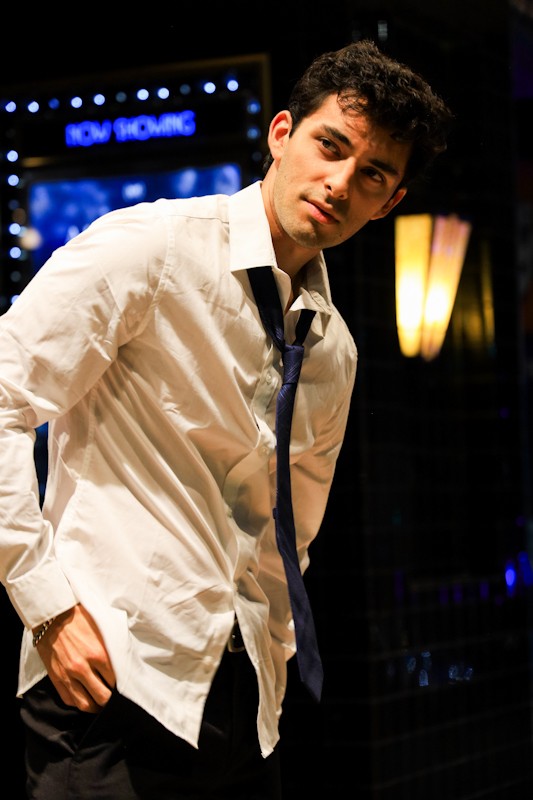
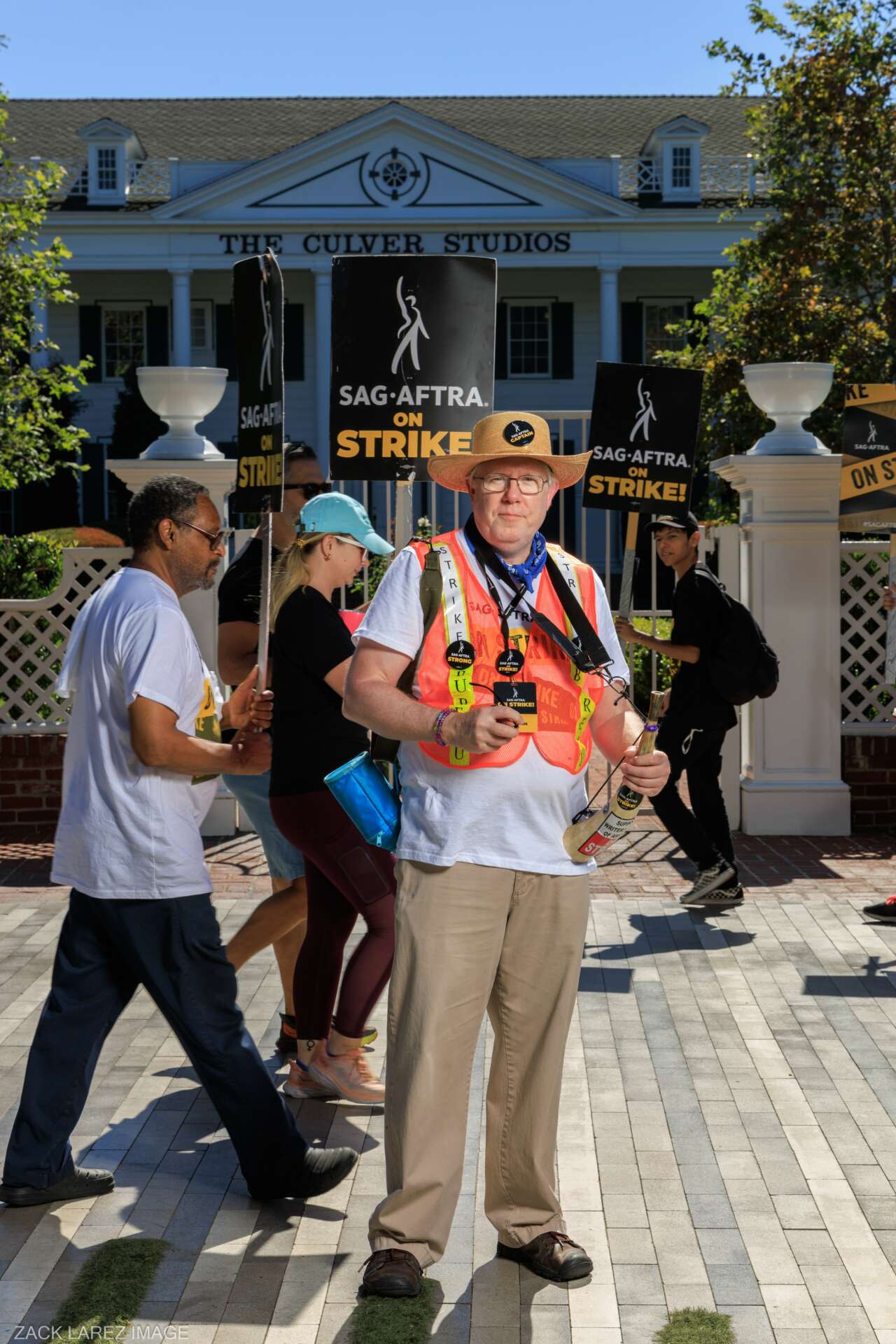
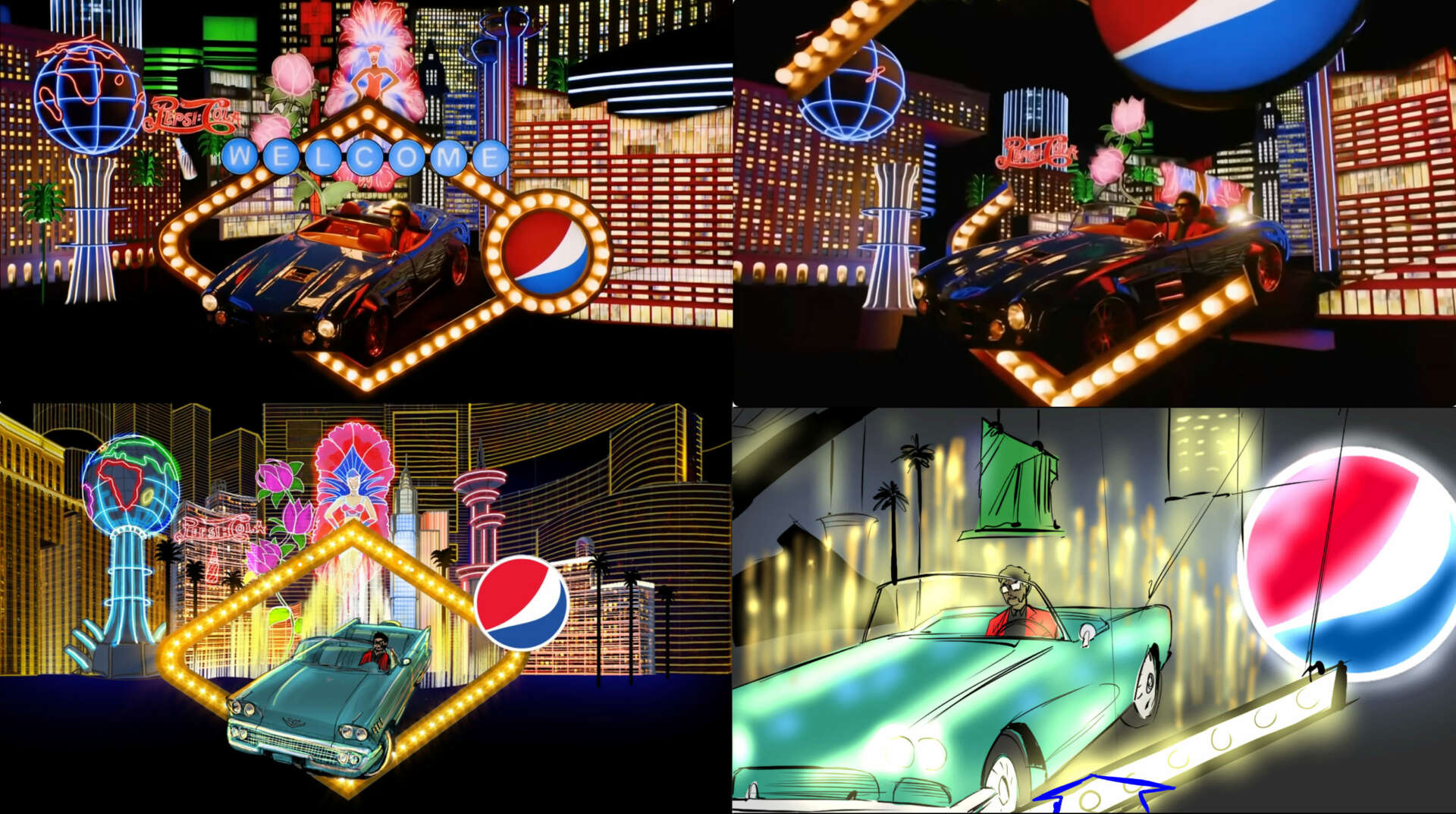
“The Weeknd Pepsi Superbowl Halftime Show ” by director Brendan Garrett
How can we best help foster a strong, supportive environment for artists and creatives?
Artists have to protect themselves. If they want society to “allow” them to thrive and create their art, they’ve gotta demand their place in it and not be afraid to upset some people. In a game of “the most offended is the most morally superior”, artists should always win out because anybody coming along to tell them how to make their own d*mn art is deeply offensive. And that goes for all artists all along the spectrum from super- “safe” family-oriented stuff to really bizarre kinky stuff. As long as laws are obeyed and people aren’t being hurt, if somebody doesn’t like some particular art, they should just look to the art they do like. But that’s not been the society we live in. Instead, we want to tell eachother what art is and how to think and act. I’ve seen it go all different ways. Don’t people understand that by everyone being so adamant about depriving others of what they want, nobody gets the art and entertainment they want? It’s all boiled-down, boring bland paste that should technically be providing nutrients but it doesn’t make you feel any more alive. During the strikes, and now, during the advent of AI-generated imagery, some things have become perfectly clear to me: people are hypocrites and people are selfish. Everything they do is in their own self-interest. Their beliefs just so happen to align with what benefits themselves. Some might say that sounds too negative and pessimistic. I’m not saying I expect it from everyone every time, but if I understand it as a default, then I’m not surprised or unprepared when I encounter it and I’m delighted when people behave differently. I’m a futurist, a stoic and a realist. I believe the future is coming whether we like it or not, and realistically, we should expect the worst of us to attempt the worst of it and we should focus on what we can actually do to affect positive change in light of everything. Utopia or dystopia. Decide.
I’ve had a hand in developing several successful groups- including The Los Angeles Script Supervisors Network, the Dungeons & Dragons club at my local game store, and an international group of storyboard artists. Through it all, I learned that my real responsibilities involved a) facilitating communication and b) preventing members from being as*holes to other members. And it’s not even like I had to silence people. In fact, it was accomplished by not allowing any one person to silence others through their own entitlement. People pick and choose rules, claim superiority, deprive people of what they want while insisting on what they want, try to circumvent rules or people, try to undermine people, try to force the standards or procedures of another group onto yours even if yours is performing better- the list goes on. Some people in a group will just be as*holes. So, by creating a place where all that doesn’t overshadow things, that’s already a breath of fresh air to a lot of people. It’s just important to try to be fair and unbiased. Just because a members’ opinion differs from a group leaders’, that doesn’t give the leader permission to silence that member. Other members will take notice if you do. Everyone’s opinion matters. You may not like it but it has a right to exist as much as yours in most cases. If this reminds you of other things I had to say about art, you’ve been listening and I thank you.
I’ll now attempt to be more specific about what society can actually do to protect artists and creatives. I just noticed something in that question… artists AND creatives. Illustrators and graphic artists DO need some protections from AI, while at the same time, emerging tech should also be allowed to aid creatives. If that statement didn’t offend just about everyone, I’d be surprised. AI is a very big topic and I’ve spent countless hours debating it online and in video conferences. I’ve even made a YouTube video trying to alert film crew and the general public that AI will be disruptive not just to artists but to all. I hosted another video where international storyboard artists discussed AI, in an effort to advance the public dialogue because I’d noticed how it was going ’round and ’round in circles. But let me boil it down to this for now:
1) Copyright Law needs to be enforced. These laws have been in place for decades already. They don’t just suddenly lose their power overnight.
2) This means preventing art from being used in ways their owners do not allow and ways that are not allowable under copyright law. This also means people (and sigh, companies) are ultimately free to use images they own in the training of AI if that’s what they want to do. It’s their property. Nobody will tell me what to do with my art and I won’t tell others what to do with theirs. If companies are mishandling the art they acquired from artists, the artists shouldn’t sell their rights to those companies. Let the companies “starve” art-wise.
3) Some AI companies should be focusing on how to actually aid artists specifically, instead of just claiming to while forcing them off the cliff of obsoletion. This includes features that rely on drawing input.
4) Consumers can choose to support companies that display ethical treatment and fair pay to the artists it employs. Maybe this comes about by way of some sort of grading, like a Better Business Bureau. Watch that movie that employs free-range artists and actors before the one by that evil company that uses all those artificial replacements.
5) Increase the visibility of artists. If you knew just how much storyboard artists and concept artists contributed to the actual final result of your favorite movie, your mind would be blown away. But you probably don’t know their names or faces or even that they exist. This is true of so many other artists in other fields. More recognition needs to be given to them. Instead, so many of us have put effort into crafting ourselves into a sort of cog that fits into a machine. It is not surprising that, increasingly, we are replaced by near-literal machine cogs. We’re the opposite of the cog, we are the fuel source, the atomic reactor, the flux capacitor. We are the Infinity Stones, not the gauntlet. We deserve more respect. We deserve to be seen.
I could go on about this for days. I’ll probably be releasing a video soon.
Anyway, here are two final thoughts about the freedom of art and creativity in society and about the looming AI threat:
Art often reveals more about the person interpreting it than about the artist themselves (heard this various places). If people can type words to prompt an AI-image, and a picture is worth a thousand words, then a skilled artist can use their pictures to prompt AI a thousand words at a time.
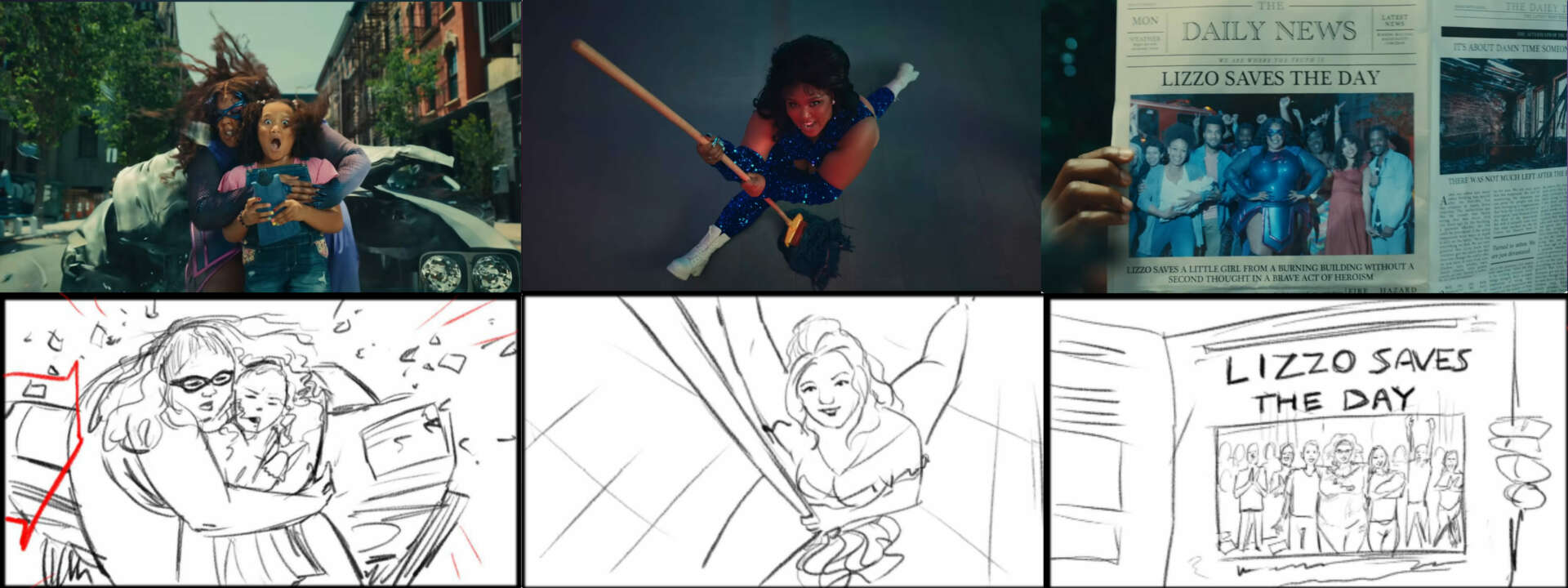
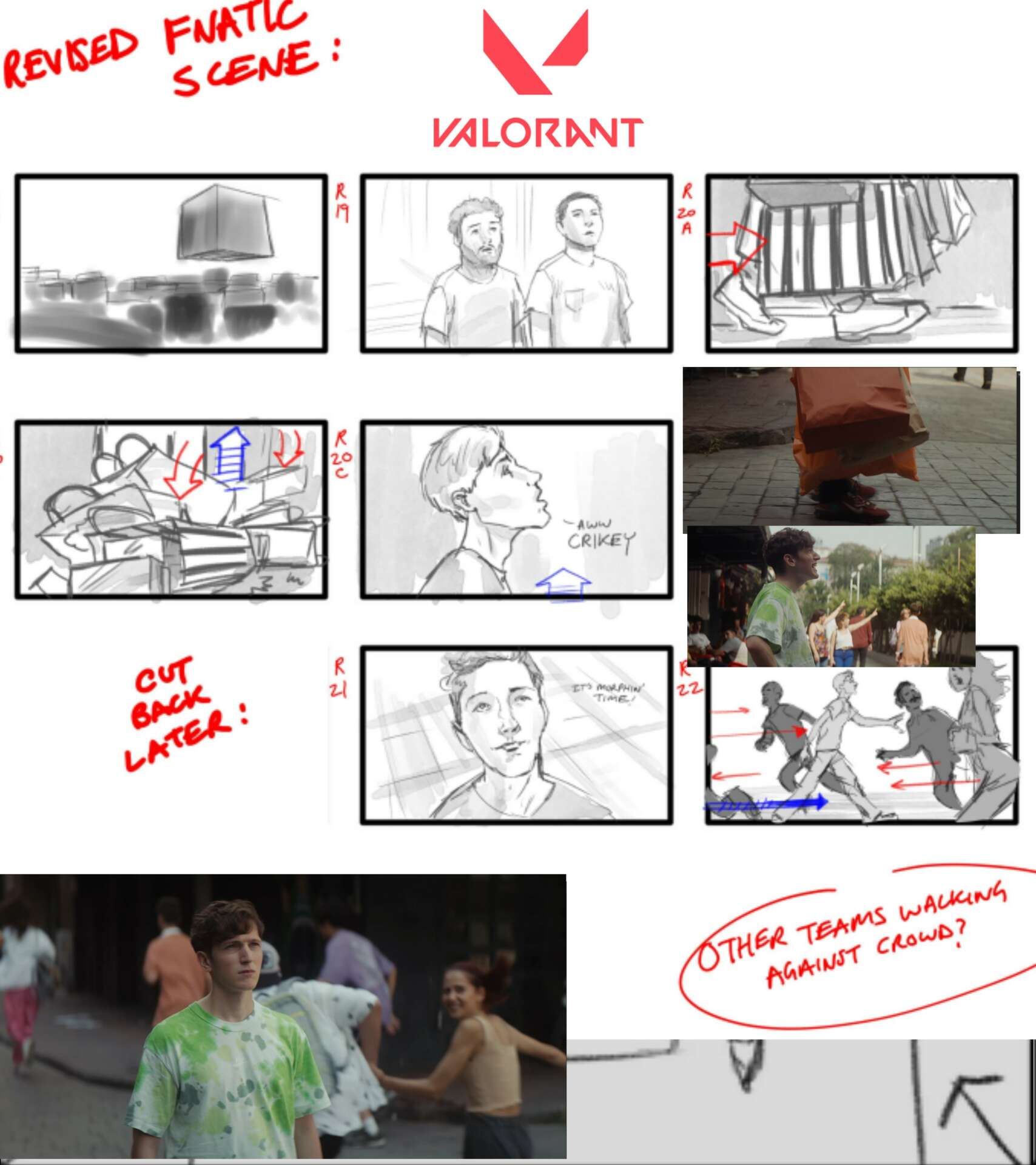
How about pivoting – can you share the story of a time you’ve had to pivot?
I worked as script supervisor from 2014 to 2020 and studied filmmaking as an actor and wannabe screenwriter for years before that. I had come to make a living as a script supervisor and I had to ask myself if I was prepared to make it my main career that I would eventually retire with. If you don’t know what a script supervisor is, basically, it’s a person who sits next to the director on set, seeing and hearing everything they do, taking notes on camera shots, telling camera what to put on slate and keeping careful records of all that is recorded during production so that the editor knows what exists and where to find it. That’s just half of the job. The other half is closely monitoring continuity. A movie is an illusion- it isn’t a continuous moment in time, it’s shot in pieces over the course of days or weeks or months. Any mistake that disrupts that illusion is a continuity error and falls under our jurisdiction. Yes, that includes just about everything. From lines of dialogue being said wrong, to out-of-focus shots, to clothes being worn differently between takes or hair falling down, lights being on when they should be off- everything. We only answer to the director and the producer and we look out for the editor’s interests on set. Some filmmakers really appreciate us and others really don’t care to try to get the same person onto their next movie. It’s a largely invisible and thankless job. It’s hard to tell just how effective a competent script supervisor’s contributions were to a movie in the end. You can’t even judge them by how good the continuity seemed to be, since mistakes are often knowingly used in edits or even created by edits. Thus, getting better pay and recognition was tough for me and for many others.
During the pandemic, film production shut down and I couldn’t even do that. However, during the course of my script supervising career, I’d seen storyboards in use on set and thought to myself, “I could draw that”, using my art schooling and years of drawing practice. At one point, I was trying very hard to get good enough to become a comicbook artist. The skills wound up being put to a different use when I began storyboarding. I told the directors and producers that I knew from my time on set that I was storyboarding now and I began getting work. I had been getting better and better and, by the time the Pandemic hit, I had done some pretty cool projects. But it was during the Pandemic that I fully pivoted from script supervisor to storyboard artist. Stars had aligned and I did regular work in esports for League of Legends and Riot’s new game, Valorant. Because the world was shut down and there were no live crowds at the tournaments, Riot needed a way to keep excitement up. So, high-concept videos were made with lots of special effects and dazzling set builds and creative videography – just the sort of thing that benefited from good storyboards. I got a ton of practice through that and my skills shot up very quickly. Before the Pandemic, I thought for a time that I could do both- storyboard a project, then go onto set to script supervise (and I did on a few!). However, I soon realized that I couldn’t afford to miss any storyboarding opportunities from being on set. I emerged from the epidemic with three cases of Covid and fully committed to my storyboarding career, passing on script supervising offers.
I am thankful for script supervising since I met so many wonderful people, established so many skilled peers and got set up to transition into storyboarding. In a way, script supervising was like being paid to learn filmmaking and do a work-study under multiple directors. Of the most skilled and talented people I’ve known in entertainment, nearly all of them pivoted from one thing to another. Assistant directors to producers or directors, producers to writers, actresses to directors, actors to producers, and on and on. It was clear that they’d excel at almost anything they applied themselves to, but they made a conscious decision to align themselves with just the right application to really play to their strengths. Who knows, maybe I’ll pivot again. I never wanted any one thing to define me and I don’t think that will ever change. I never wanted to be forced to go on working for a boss I didn’t like or in a job that I hated. I’ve felt that way all my life. I’ve finally managed to get to the point where I have autonomy and I’m not keen to give it up, not without some heavy rewards.
Most call it pivoting. I’m a gamer, so I also consider it playing the meta.
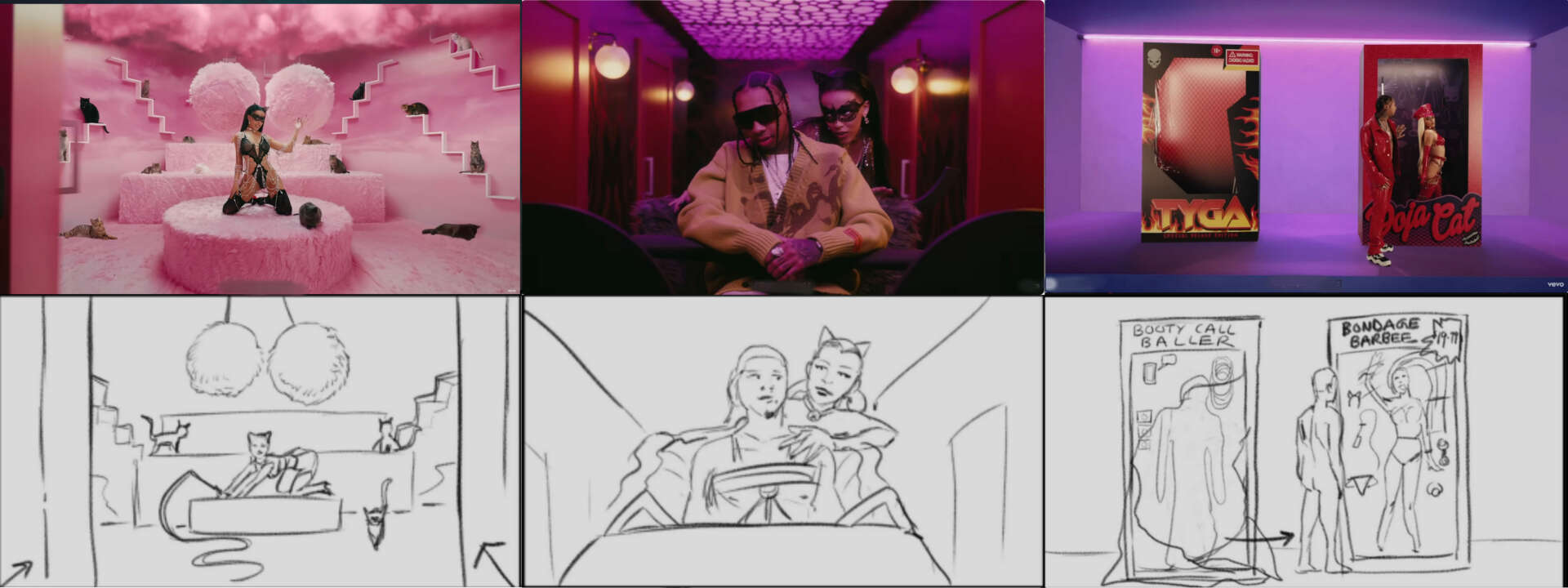
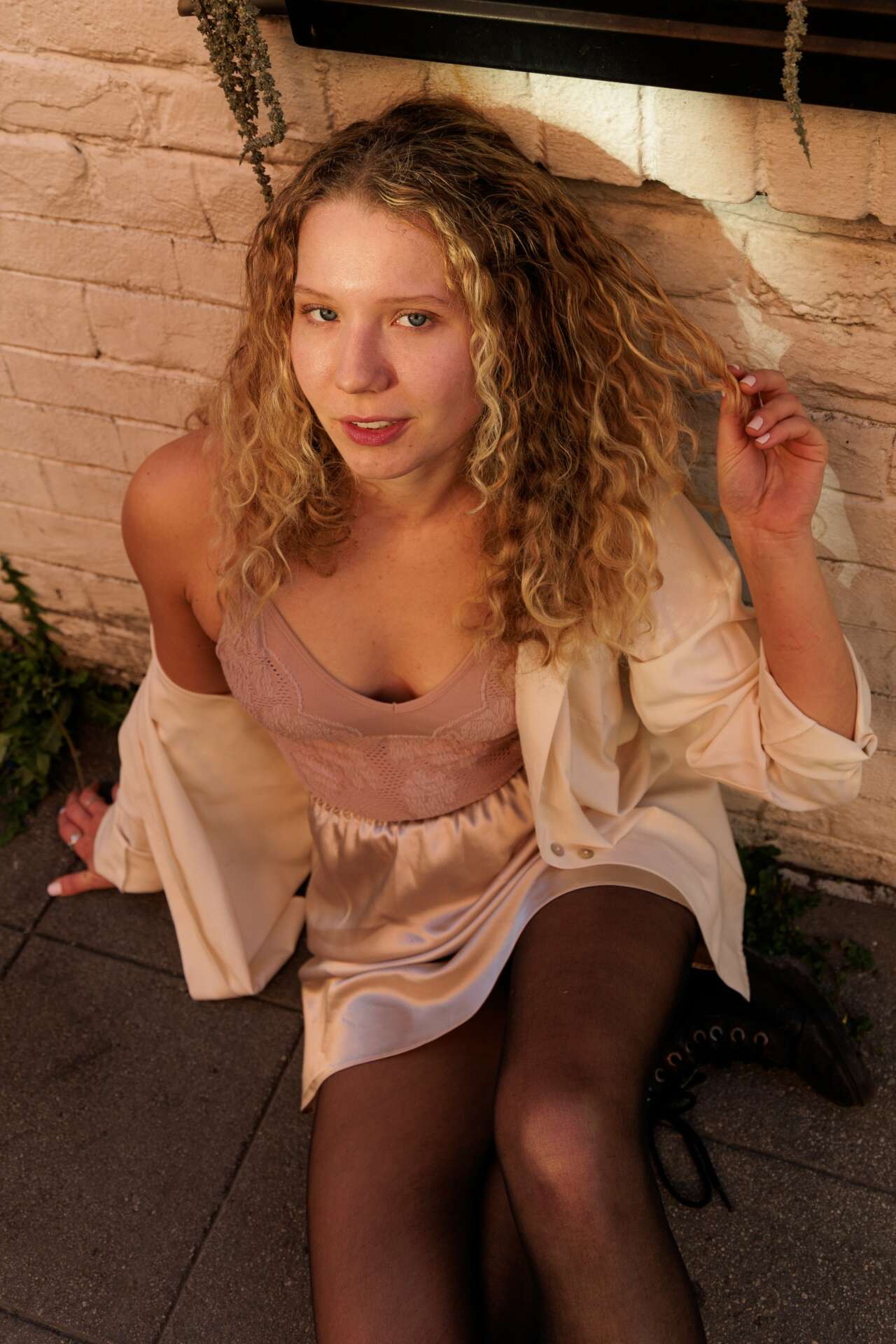
Contact Info:
- Website: zacklarez.com
- Instagram: zacklarez
- Facebook: Zack Larez
- Linkedin: zacklarez
- Twitter: zacklarez
- Youtube: Zack Larez
- Other: Twitch: SlyRaptorZ Instagram Photography page: zacklarezimage
Image Credits
Lizzo “About Damn Time” by director Christian Breslauer, Actor and organizer Stewart Skelton (photo by me), Actress/comedian Jillian Gorman (photo by me), Actor Lukas Silva (photo by me), Valorant “Champions 2022” Riot Games, Storyboard artist Jeffrey Henderson (photo by me), Tyga & Doja Cat “Freaky Deaky” by director Christian Breslauer


